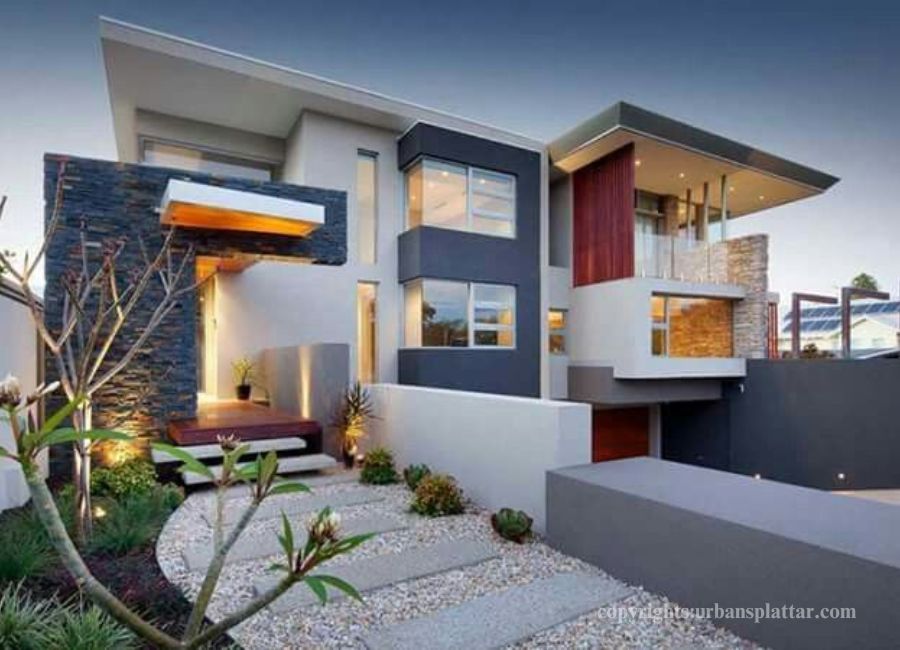When you think about home design, what comes to mind? Is it the colour scheme, the furniture, or perhaps the overall aesthetic of the space? While aesthetics certainly play a major role, there are other design elements that are just as important but often overlooked. From functionality to comfort, these elements can make or break the overall feel of your home.
High Quality Doors: More Than Just an Entrance
Have you ever considered the impact of High quality doors on your home’s design? Theyaren’t just about creating a welcoming entrance—they are crucial for functionality and safety, too. The material, style, and fit of your doors can affect everything from energy efficiency to security. Doors, particularly exterior ones, are a significant design element that can either complement or disrupt the overall look of your home. A well-designed door can enhance your home’s curb appeal, while a poorly designed or mismatched door may detract from it.
Lighting: The Unsung Hero of Home Design
The right lighting can transform a room, adding depth, warmth, and even mood. It’s not just about brightening a space—it’s about setting the tone and highlighting the design elements that matter most. Overhead lighting, floor lamps, and wall sconces each serve different purposes and can create different effects in a room. Layering these lighting sources allows you to control the ambience while emphasising other design elements in the room. In addition to aesthetics, lighting also impacts functionality.
Storage Solutions: Hidden Design Gems
Effective storage solutions are crucial for maintaining a clean and clutter-free environment. Well-thought-out storage options not only improve functionality but can also enhance the aesthetic of your home. Incorporating built-in storage units, such as cabinets, shelves, and drawers, is a design element that serves both practical and aesthetic purposes. These hidden gems can help keep your home organised, making it easier to maintain a minimalist look without compromising on style.
Textures and Materials: The Subtle Design Element
Materials like wood, metal, glass, and fabric each have unique properties that influence the tactile experience of your space. While the aesthetic impact of textures may not always be obvious, their presence is felt. Incorporating a variety of textures into your home design adds warmth, depth, and character. Using different textures also helps in defining different zones within an open-plan space, such as a cosy reading nook or a formal dining area. The materials you choose for flooring, walls, and furnishings also impact your home’s maintenance and durability.
Sustainability: The Future of Home Design
Sustainable design isn’t just about aesthetics; it’s about creating homes that are both functional and mindful of the planet. Incorporating sustainable elements into your home can have long-lasting benefits, from reducing your carbon footprint to saving on energy costs. When chosen thoughtfully, these elements not only improve the comfort and functionality of your space but also contribute to a more eco-conscious lifestyle. Sustainable design practices are evolving, and they’re becoming increasingly important in modern home architecture.
Home design is about more than just creating a visually pleasing space. It’s about considering all the elements—high quality doors, lighting, storage, textures, and sustainability—that contribute to a functional and harmonious environment. To truly elevate your home, think about the balance between form and function. When you consider how each element works together, you create a space that’s not only aesthetically appealing but also comfortable and practical to live in.



